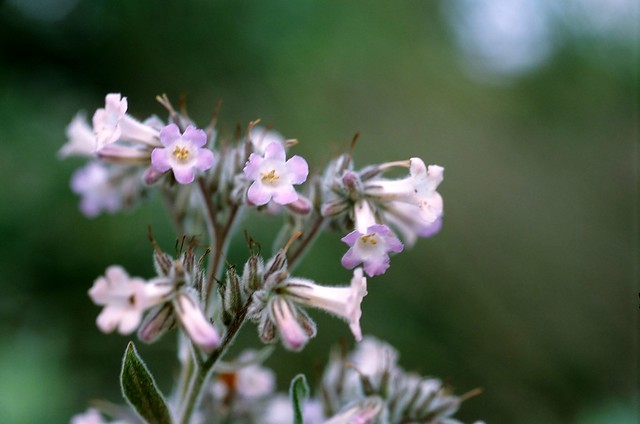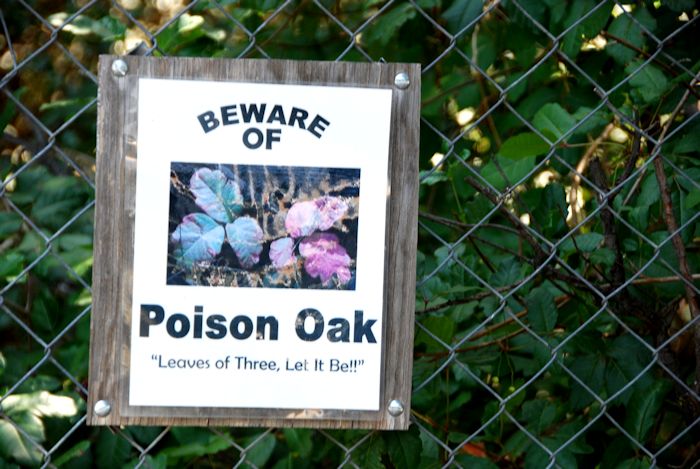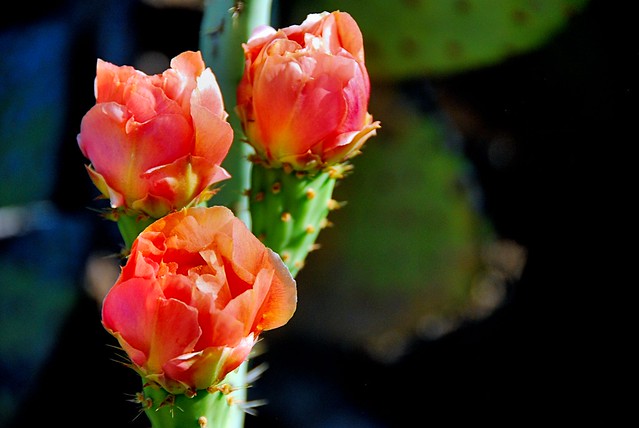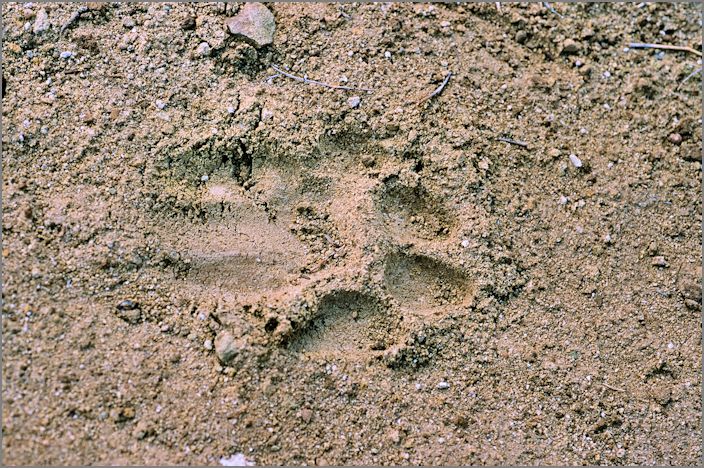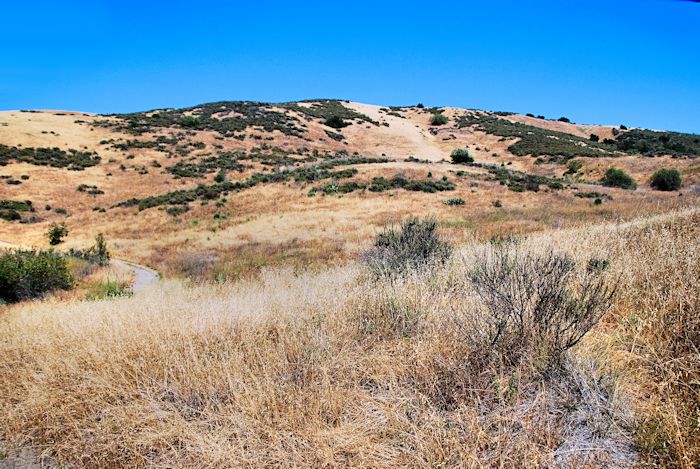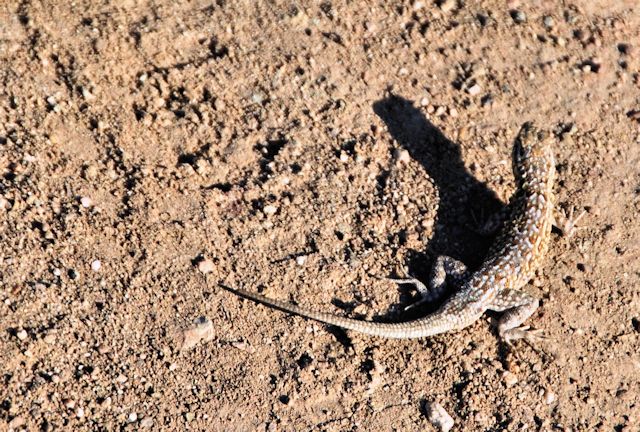A followup to my post about spirochetes and ticks:
We think of Lyme Disease as a particularly human affliction. Nonetheless, it was only identified 40 years ago. Studies of ticks preserved in amber revealed that the spirochete predated humans by 15 million years! Science Daily reported:
“Ticks and the bacteria they carry are very opportunistic,” said George Poinar, Jr., a professor emeritus in the Department of Integrative Biology of the OSU College of Science, and one of the world’s leading experts on plant and animal life forms found preserved in amber. “They are very efficient at maintaining populations of microbes in their tissues, and can infect mammals, birds, reptiles and other animals.
“In the United States, Europe and Asia, ticks are a more important insect vector of disease than mosquitos,” Poinar said. “They can carry bacteria that cause a wide range of diseases, affect many different animal species, and often are not even understood or recognized by doctors.
“It’s likely that many ailments in human history for which doctors had no explanation have been caused by tick-borne disease.”
Dr. Poinar found evidence of spirochetes in tick specimens fossilized in Dominican amber. He also discovered evidence of Rickettsia bacteria — which are the cause of Rocky Mountain Spotted Fever. The discovery pushes our knowledge of such pathogens presence back from 5,300 years — the age of the Tyroleon Ice Man who was sick with Lyme Disease.
Ticks and their pathogens been waiting for us for a long time…. When they bite you, you are being bitten by History.


